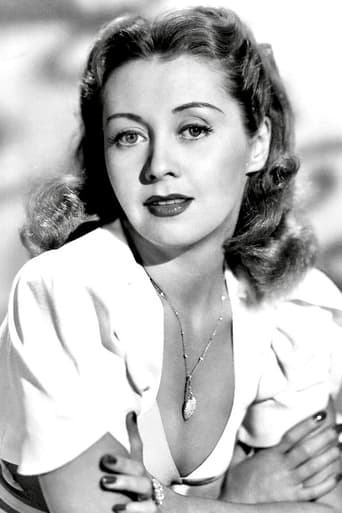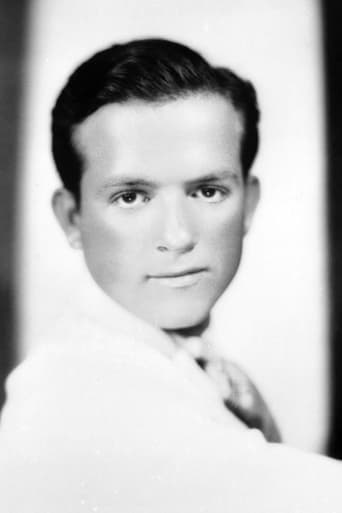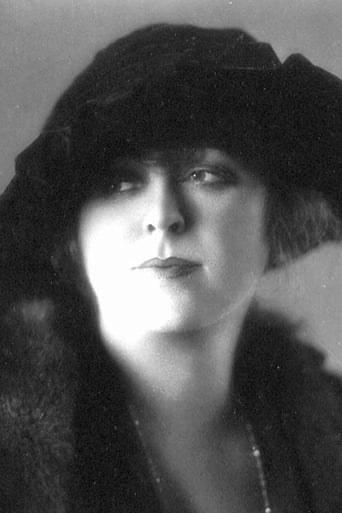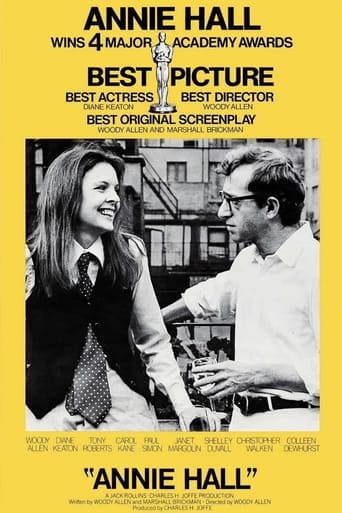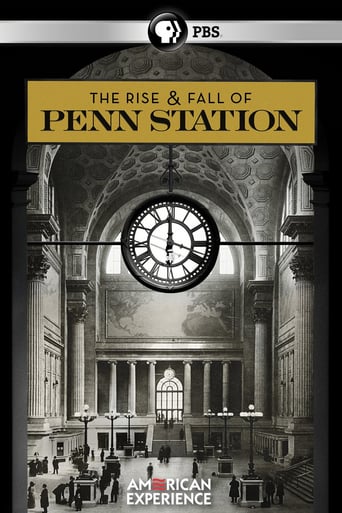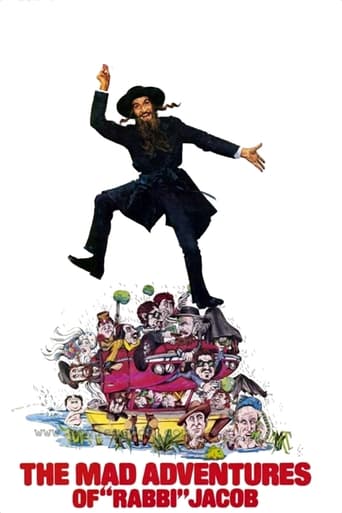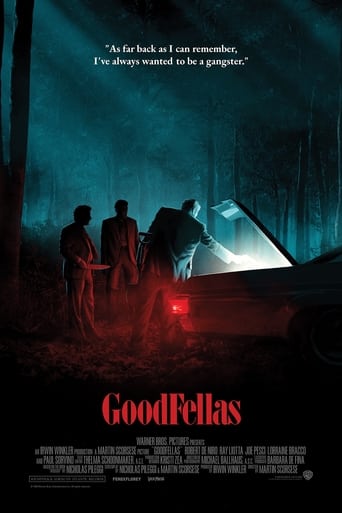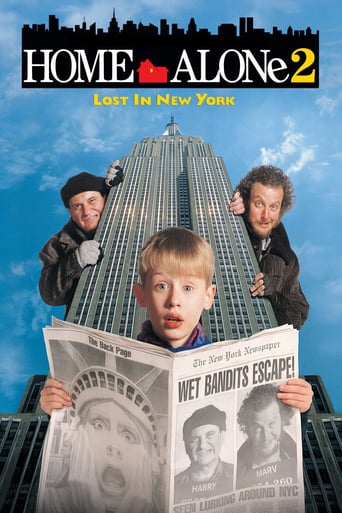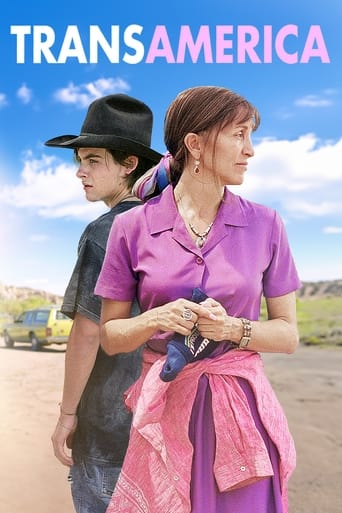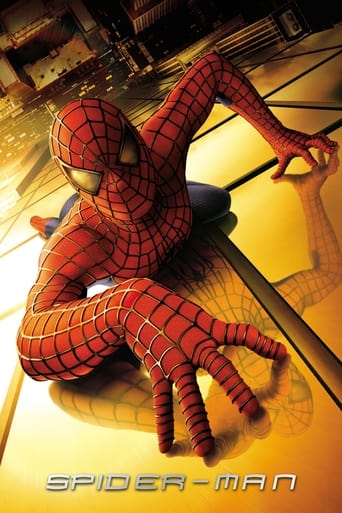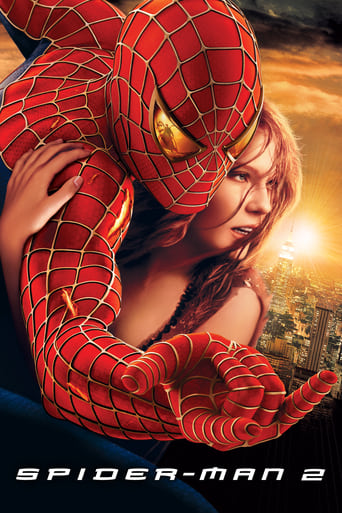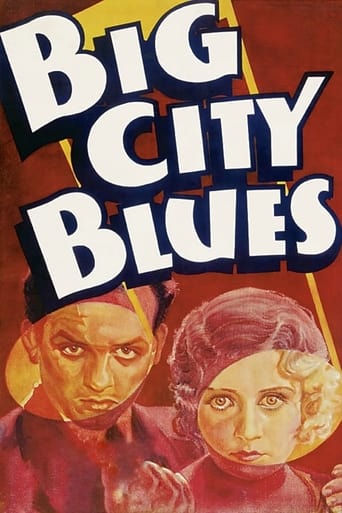
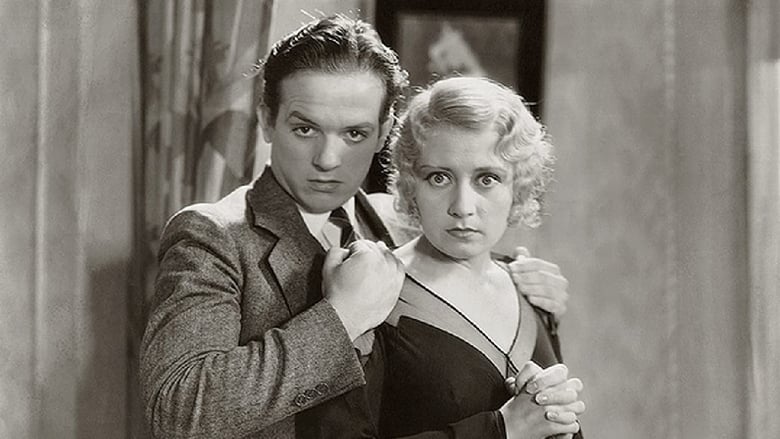
Big City Blues (1932)
An Indiana boy comes into an inheritance and moves to New York City, living it up with his girlfriend until he gets in over his head and someone gets killed.
Watch Trailer
Cast


Similar titles
Reviews
. . . whether they make an honest effort to bring the Real Killers to Justice, or if, conversely, they get their jollies by sadistically torturing random by-standers into False Confessions and Taxpayer-Funded First Degree Murder by Electric Chair, as the actual slayers roam free to slaughter again. Warner Bros. lets BIG CITY BLUES explore this barbaric American Reality of the 1930s--WHICH CONTINUES TODAY--as much as the Censors Responsible for Covering Up Truth in Cinema would allow. But, as Fox "News" always argues, there's two sides to everything. For instance, some cops have families, and might lose their paychecks if no one were ever executed for all the murders happening on their watch. When murderers prove too smart and clever (or lucky) to be caught, does it really hurt Society to grab up a random mentally troubled person, feed him details of a killing "that only the Perp could know," torture and trick him into "confessing," and then give him The Needle after Fifteen Years in Solitary (with no danger of Winter Frostbite, or missing a meal)? Fox "News" would say "No, not really;" this is the Humane Thing to Do to provide "closure" for everyone. Plus, most police "patsies" are like Buddy in BIG CITY BLUES--unarmed wimps easy to "shoot first, plant gun later," or to toy with like a cat with a mouse. This way the cops stay safe while putting food on the table for their families, and they can take out their Aggression on unattached Social Scapegoats such as Buddy, rather than beating their wives and kiddies. In other words, Fox "News" declares this American Way of Justice a "Win-Win" for Everyone (other than a few Sacrificial Buddies).
This film begins with Bud Reeves (Eric Linden) leaving his small home town for a life in New York City. The fast pace of the city is then lampooned in a montage sequence. Yep, the 'big city' certainly is fast...and Reeves is a total boob. This becomes apparent when his cousin (Walter Catlett) preys upon him. Anyone with a dozen functioning brain cells would immediately recognize him as a con man, but dumb ohttp://www.imdb.com/title/tt0022676/usercomments-enterld Reeves lets the guy rob him blind. How can anyone be THAT stupid?! In fact, the Reeves character was awfully broadly written with his "aw, shucks" attitude and wide-eyed innocence. Frankly, he was annoying and completely unrealistic--and this seriously impacted the quality of the film.When the guests to a party that his cousin puts on (despite Reeves paying for EVERYTHING), you may notice Shep--Humphrey Bogart in his first role with Warner Brothers, though he does not receive screen credit. In addition to Bogart, familiar Warner players Joan Blondell, Guy Kibbee and Ned Sparks are in attendance.Lyle Talbot, like Bogart, is uncredited in a small scene--and the two of them get involved in a dandy brawl. Then, when the lights go out you hear a scream. When the fight is over and the lights return, a young girl is dead and everyone scrams. Wow..that Reeves is an idiot--and the cops suspect HE did it! And, instead of going to the police, the idiot tries to leave New York. What a moron!! If you haven't noticed, I have called Reeves 'moron' many times and even for a B-film this is a terribly written character. This certainly didn't help Eric Linden's career, though the stink of this film didn't seem to hurt Blondell or Bogart. It is quite bad, but not bad enough to be anything more than a small speed bump in their careers.Overall, in insignificant and dumb film--and my nominee for the broadest morality tale written in the 1930s. The only people who may want to see it are Bogart fans--otherwise, beware--it's just not worth an hour of your life.
BIG CITY BLUES (Warner Brothers, 1932), directed by Mervyn LeRoy, is a Depression era melodrama without the focus on the unemployed in breadlines or the homeless struggling to survive, but a cliché story about the survival of a country boy who ventures to the big city, the "Big Apple," better known as New York. Starring Joan Blondell, her role is actually secondary but crucial to the plot, while the Eric Linden, whose name comes below hers, is the central focus.The story revolves around Buddy Reeves (Eric Linden), a naive country boy from Hoopersville, Indiana. After inheriting $1100, he decides to fulfill his dream by coming to live in the greatest city in the world, New York. Unable to take his dog, Duke, with him, Buddy offers the pooch to a Willow Junction station master (Grant Mitchell), who accepts the animal only as a loan, knowing full well, that he will do exactly what he did as a youth, by venturing to the big city only to return home disillusioned. However, Buddy believes different, especially since he only has a one way ticket. Upon his arrival at Grand Central Station, Buddy, as he carries his suitcases, strolls down with amazement the busy streets surrounded by the "rush, tension and crowds." He registers at the Hotel Hercules, room 3663, where his Cousin Gibbony (Walter Catlett) enters the scene to teach him the ropes in becoming a true New Yorker as well as fast-talking his way in acquiring some of his money. Gibbony, a comedic con-artist who claims to know the most important people in town, ranging from Mayor Jimmy Walker to actress Constance Bennett, arranges for the young lad to be introduced to a handful of his friends by having an all night party to take place in Buddy's hotel room. That evening, Buddy becomes infatuated with an attractive show girl named Vida Fleet (Joan Blondell). During this very active party, which consists of radio background music to current hit tunes as "My baby Just Cares for Me," Lem Sully (Lyle Talbot), actor and drunk, along with globetrotter Shep Atkins (Humphrey Bogart) get into an argument over the drunken Jackie DeVoe (Josephine Dunn), a Follies girl. A physical fight ensues, leading to a whiskey bottle being thrown across the room, hitting the head of Jackie, causing her death. Suddenly the room is quiet. All the guests make a hasty departure, especially Vida, leaving Buddy to be faced with a possible murder charge. Breaking away as Hummell, the house detective (Guy Kibbee) enters to discover the body, Buddy hides amongst the crowded city, hoping to avoid being arrested by Quelkin (Thomas Jackson) of the homicide squad, who is hot on his trail.Others in the cast consist of Inez Courtney as Faun; Ned Sparks as Stackhouse; Jobyna Howland (in her Marjorie Rambeau-type performance) as Mrs. Cartlidge, the 55 Club speakeasy "madame", along with interesting assortment of notable actors assuming no screen credit, including Josephine Dunn (Al Jolson's co-star in 1928's THE SINGING FOOL); J. Carroll Naish as a bootlegger; Herman Bing as a German waiter; Clarence Muse as the black singing waiter vocalizing "Every Day Can Be a Sunday"; and the heard but not seen Dick Powell as the radio announcer advertising Yum Yum Popcorn.Eric Linden is ideally cast as naive but vulnerable young lad, along with Blondell in her usual street smart, tough but loyal girlfriend performance. They would be reunited once more in race-car drama, THE CROWD ROARS (1932) starring James Cagney. Of the supporting players, it is Walter Catlett sporting glasses, derby and cigar (a cross between comedians Groucho Marx and Robert Woolsey), the scene stealer who livens things up.With so much happening during its brisk and brief 65 minutes, BIG CITY BLUES moves as quickly as any speeding cars or pedestrians depicted on screen. Along with other then current New York sounding film titles, MANHATTAN PARADE (1931), CENTRAL PARK (1932), 42nd STREET (1933), just to name a few, no other movie studio like Warners captures the feel and essence of New York City life, and BIG CITY BLUES is no exception. Not as well known as the more famous New York movies of this period, it's worth catching whenever presented during the late night hours on Turner Classic Movies.(**1/2)
Perhaps to underscore the quick pace of life in New York, "Big City Blues" moves along at a hectic sixty three minute pace, and tries to cram as much action as it can into that amount of time. Willow Station railroad agent (Grant Mitchell) has been there and done that, and bets a ten spot with a buddy that anxious traveler Bud Reeves (Eric Linden) will be back within a month.For his part, Bud is flush with enthusiasm and eleven hundred dollars and ready to make his mark on the big town. He's met by fast talking cousin "Gibby" Gibboney (Walter Catlett), who has a knack for getting others to pay his way, and completely monopolizes the conversation in every scene he's in. He's on a first name basis with a few up and coming showgirls, particularly cute Vida Fleet (Joan Blondell), who immediately becomes fond of the rube from Hoopersville, Indiana. Things move a bit too fast though, as Gibby organizes a welcome party for Bud in his room at the Hotel Hercules, and all manner of show biz types begin to arrive, among them Shep Adkins (Humphrey Bogart). Shep is about to move in on Len Scully's (Lyle Talbot) girl, Lenny objects with his fists, and a brawl breaks out that leaves the young showgirl dead.Not knowing what to do, young Bud follows the example of everyone else at the party, he high tails it before the law can arrive. Night watchman Hummel (Guy Kibbee) revels in his five minutes of fame for finding the dead victim, while detective Quelkin (Thomas Jackson) tails Vida who he hopes can lead him to Bud Reeves, guilty until proved innocent. By accident, Hummel solves the case by going for his whiskey bottle in the hotel linen closet, where he finds Scully's body, a suicide victim with a shard of the broken bottle that neatly fits with the piece recovered by the police.Back at Willow Station, it only takes the railroad agent three days to collect on his bet, as Bud gratefully touches down on home turf. He still has visions of grandeur for life in New York, but has grown up enough to have some patience for it. Maybe next time, things will work out a bit better.By 1932, Humphrey Bogart had a handful of movie credits to his name, but nothing significant as of yet. That was about to change with his next film, "Three on a Match", which also co-starred Joan Blondell. Both would work together two more times, in 1936's "Bullets or Ballots" with Edward G. Robinson, and the 1937 comedy "Stand-In". All are recommended for fans of either, while "Bullets or Ballots" is a fine early example of the mobster genre made popular by films like "Public Enemy" and "White Heat".


